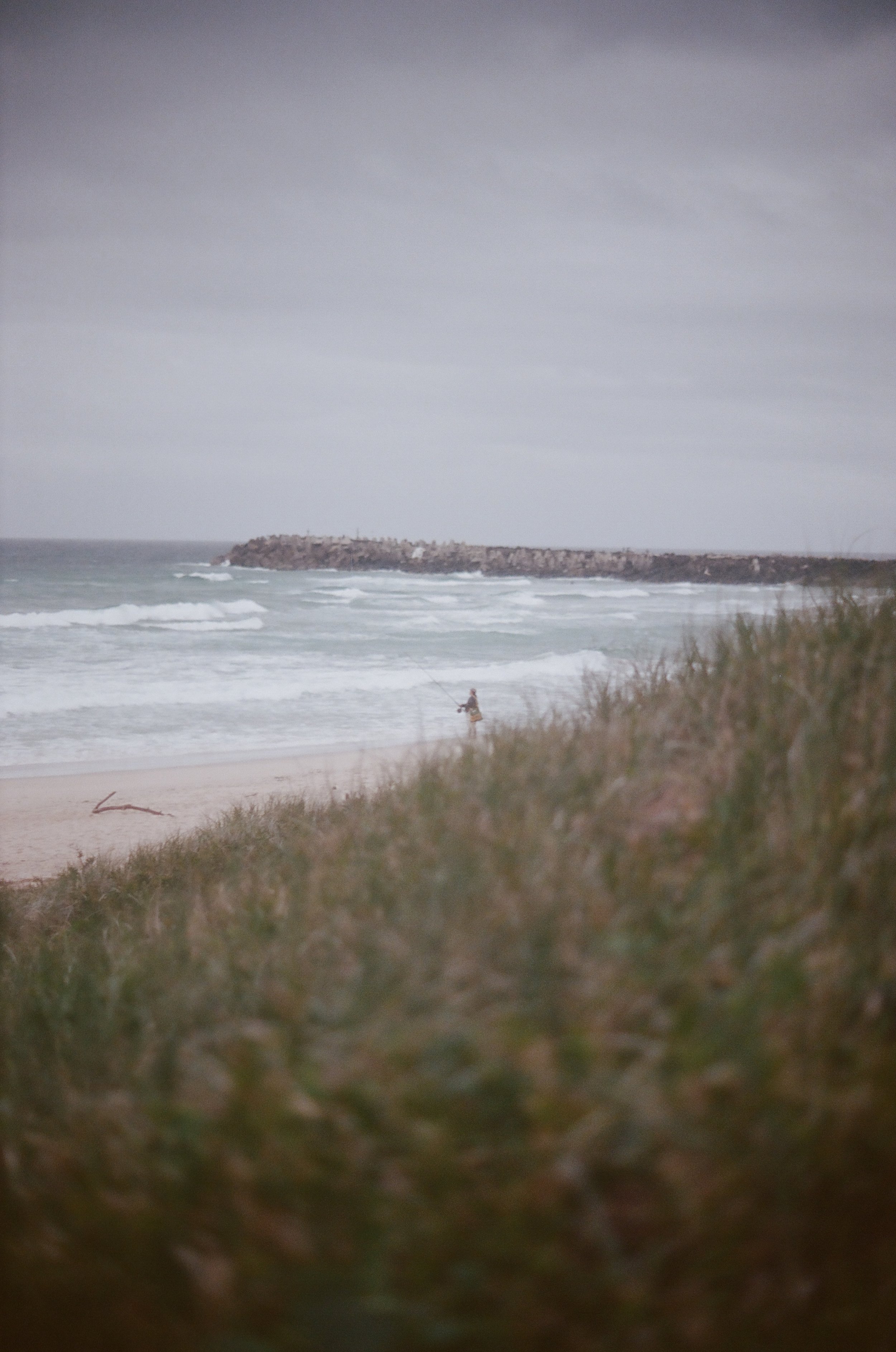A Place of Oysters
By Dan Etheridge
I’m far from what you'd call an oyster expert. I've eaten them with friends, I’ve cut my feet on them scrambling over rocks, but I've not studied them in depth. But recently I found myself thinking deeply about oysters beyond their culinary merit.
This grew out of a conversation with Oliver Costello – Executive Director of the local Jagun Alliance – as we thought about what stories we could tell that'd unite people behind the work of repairing our rivers and catchments. There were a few ideas, but the one that stuck was how good it'd be to have an abundance of fresh oysters in the Richmond River again!
The oyster is both a carrier of our memories, when wild oysters were plentiful, and our aspirations, in bringing them back. Even people who don’t eat them would be excited about a future with water clean enough for these beauties to thrive again.
So, what would we have to do to make this happen?
Dr. Amanda Reichelt-Brushett from Southern Cross University described oysters to me as the “canary in the coal mine” when it comes to catchment and river health. Their immobility means they can only take what the water brings them. Healthy water running off healthy land usually means healthy oysters. Polluted and sediment laden water running off poorly managed land means the opposite. The rapid and dramatic decline in oyster populations across the lower Richmond River lets us know that this canary has been singing a long and loud song.
When white settlers arrived in the Richmond River catchment, they saw massive oyster populations on Nyangbal and Bandjalang lands. Reading an interview with Marcus Ferguson, a Nyangbal man with a strong connection to the lower Richmond River, I learned that oysters were an important food source for groups across the Bundjalung nation, who travelled to the coast to enjoy them. Caring for country ensured the oysters, and the many ecological benefits they provide, were thriving.
The land management practices brought to the region by white settlers like me are behind the current state of the catchment, and by extension, the state of the oysters. As we've cleared native forests, and the rich soil across the caldera has runoff into the waterways, and the intensity of agriculture and horticulture has increased, each oyster has suffered.
So how do we change this story?
There are a number of well understood and scientifically documented strategies for improving water quality. Several excellent programs exist, some driven by farming families, like the brilliant River Crystal Initiative out of the Casino Co-Op. These are complimented by a strong Landcare network in the region and a suite of local, state and federal government initiatives that seek to repair ecosystems within the catchment.
The big issue however is just how large and complex the drivers of poor water quality are across the catchment. To reach our dreamy goal of eating local oysters picked off the rocks at Ballina we must stay committed to this process beyond our lifetime.
A piece of writing I've found helpful in grasping the scope of this task is by Dr Mary Graham, a Kombumerri and Wakka Wakka person. She has ten principles for life together after the referendum and one was, "Compliment citizenship with stewardship" and another was, "Avoid short-termism." We can shift from cycles of maximum extraction towards systems of mutual responsibility.
These are the lessons we must consider if our grandchildren’s grandchildren can partake in the long-standing cross-cultural enjoyment of gathering to eat molluscs together in the Richmond River, and once again make this a place of oysters.

